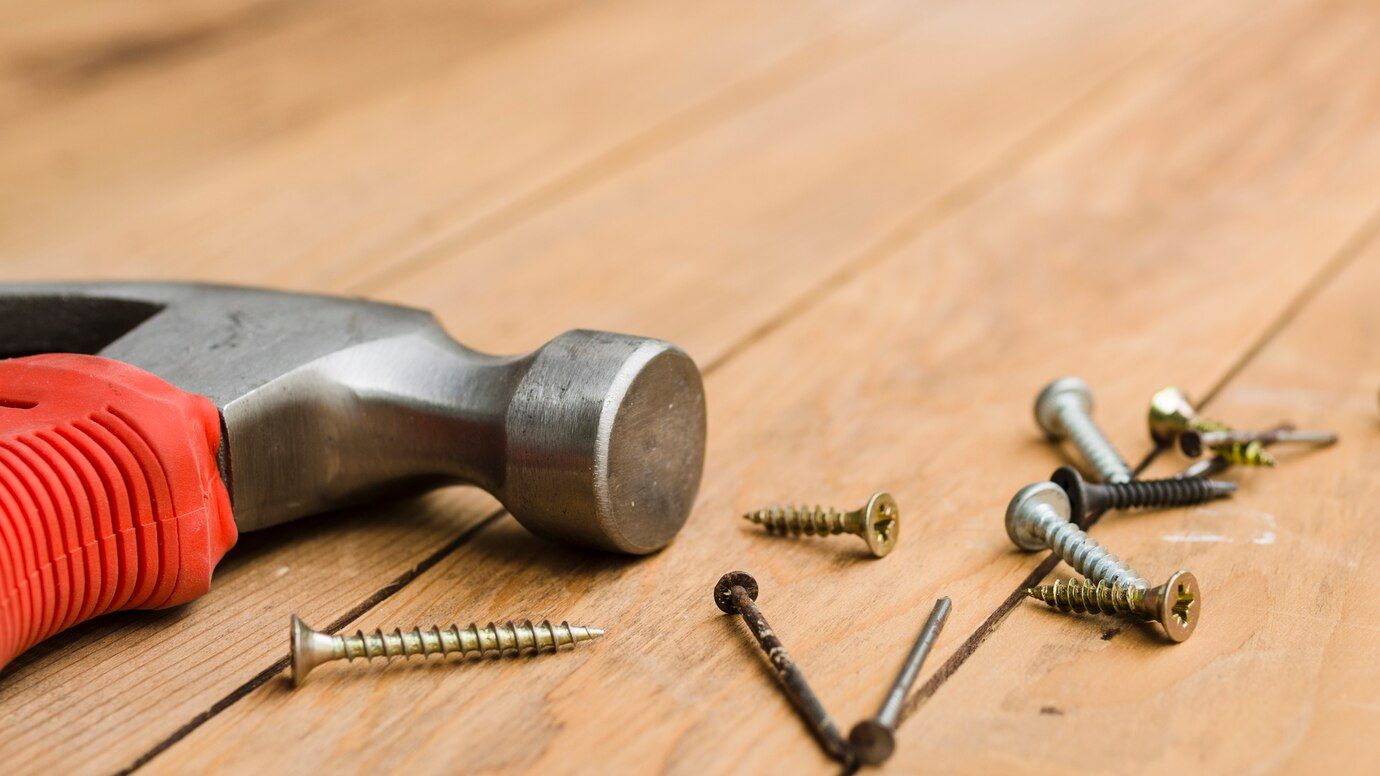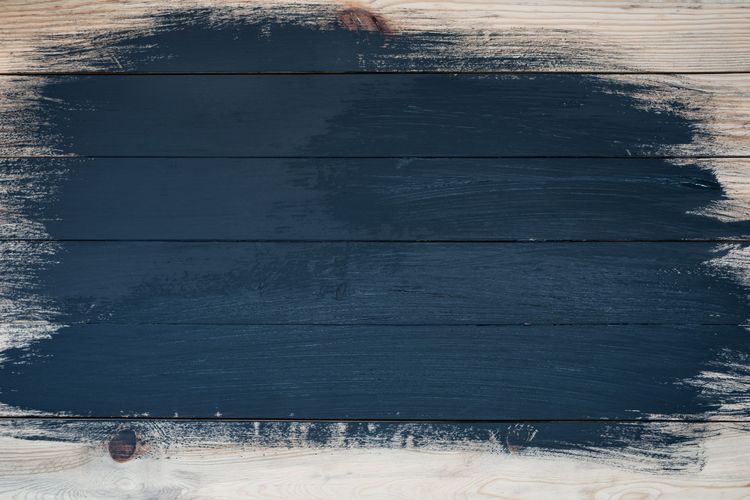Wood flooring screws - which ones to choose

When selecting self-tapping screws for wood floors, it is important to consider several key factors that will help ensure the durability and reliability of the structure. Improper choice of fasteners can lead to deformation of floors, creaks and other undesirable consequences. In this article we will consider what self-tapping screws are best for laying a wooden floor, their features and what you should pay attention to when buying.
What are the differences of self-tapping screws on wood or how to distinguish them
Unlike screws, which are inserted into a pre-prepared hole with an internal thread, self-tapping screws form this hole independently. They “cut” into the material, creating grooves with their triangular thread with sharp corners. Because of the deep threads, self-tapping screws not only groove the hole, but also provide a secure grip on the material as they are screwed in.
Another noticeable difference is the sharper and longer tip, compared to bolts or screws. This tip makes it easier to pass through the elements to be fastened. Installing self-tapping screws usually requires a power tool such as a screwdriver or cordless screwdriver because they create the necessary force to overcome the resistance of the material, making installation much easier compared to using a regular screwdriver.

Types of screws
Wood
Wood self-tapping screws feature sparse and high threads that effectively bond with the wood fibers. This allows the fastener to be firmly fixed in the material without disturbing its structure. Unlike frequent threads, which could damage the wood, this form of threading ensures a secure and durable connection.
Metal
Metal self-tapping screws are characterized by frequent and fine threads, which allows them to easily and firmly enter dense materials such as steel or aluminum surfaces. Such threads provide good adhesion and secure fixation without deforming the metal. In most cases, pre-drilling a hole is required to install them, especially when working with thick metal sheets.
Universal
Universal self-tapping screws combine the characteristics of both wood and metal self-tapping screws. They have a medium thread frequency and height, making them suitable for a variety of materials including wood, plastic and thin metal. Universal self-tapping screws are a convenient solution for when you need fasteners for dissimilar materials without the need for specialized types of fasteners.
How to choose fasteners
To choose the right self-tapping screws for wood, it is important to understand what parameters to pay attention to and how they correspond to the type of tasks performed. In stores, you can find a huge range of fasteners: from short to long, from thin to thick, different colors and coatings. This variety can be confusing for the novice builder, but knowing the key characteristics will make the selection process much easier.
By color
Black
Black self-tapping screws usually have a phosphate or oxidized coating that protects them from corrosion. These fasteners are often used for indoor work, as their coating is less resistant to moisture and temperature fluctuations. Black self-tapping screws, thanks to their coloring, can also have a decorative function, especially if they are used on dark surfaces.
Yellow
Yellow self-tapping screws are galvanized fasteners that have undergone additional chromic acid treatment. While standard galvanized self-tapping screws can also have a yellowish tint, this color is more commonly used to give the fastener decorative properties and corrosion protection.
White
White self-tapping screws are galvanized fasteners with a clear, light-colored finish that provides reliable corrosion protection. They are often used for outdoor or high-humidity applications, as the galvanization helps protect the metal from rust and deterioration.

By thickness and length
The length of the self-tapping screw should correspond to the total thickness of the two elements to be fastened, but not exceed it. Optimal fastening is achieved if the self-tapping screw is slightly shorter than this sum. For example, to connect two 20 mm thick boards, the ideal length of the self-tapping screw is 34-35 mm. It should go through the upper element and deepen into the lower one by at least a third of its thickness.
Thus, if you connect two 20 mm boards, the minimum length of the self-tapping screw should be about 26-27 mm, but not exceed 35 mm to avoid loosening the fastener.
Do not forget about the peculiarity of the thread
In order for the wooden parts of the structure to press tightly against each other, it is better to choose self-tapping screws with a smooth area under the cap. This area, free of threads, should match or slightly exceed the thickness of the upper part, into which the fastener is screwed.
However, such self-tapping screws with incomplete threads are found mainly among the long versions. If you need short self-tapping screws, then pay attention to those with threads that start as close to the tip as possible. This will ensure better adhesion even if the length of the fastener is short.
Type of head and slot
These parameters also play an important role in choosing the right self-tapping screws for wood, depending on the specific task.
The heads of self-tapping screws are of different types: protruding, countersunk and semi-countersunk. If it is required that the fastener does not protrude above the surface, it is better to use self-drilling screws with countersunk heads. They are also called self-drilling, as they are self-sinking due to their conical shape, because they plunge into the material without the need for pre-drilling of recesses.
Slits are notches on the head, which are used to work with the tool. There are many variations of splines: straight, Phillips, square, hexagonal, star-shaped. To avoid problems during installation, choose screws with the type of slot for which you have the right bits or screwdrivers.



